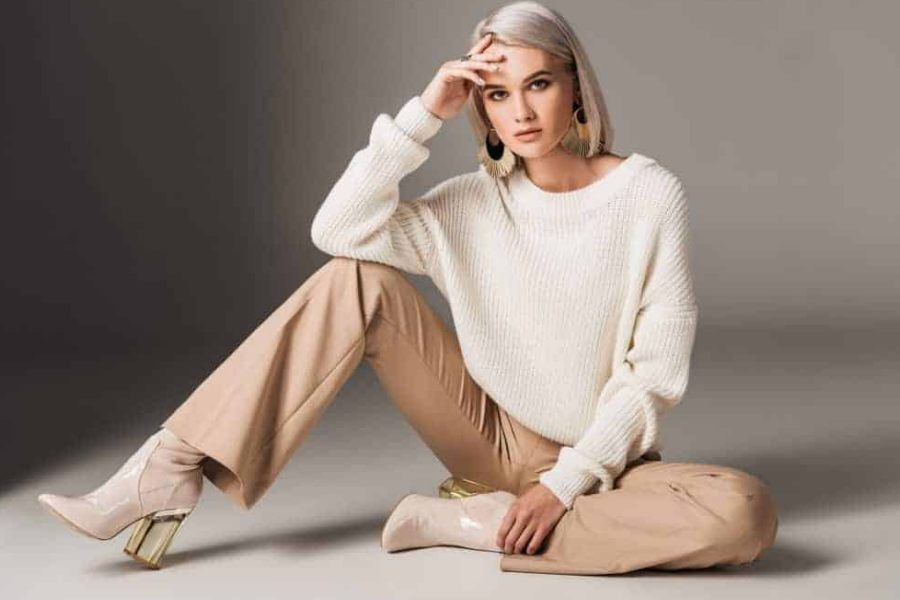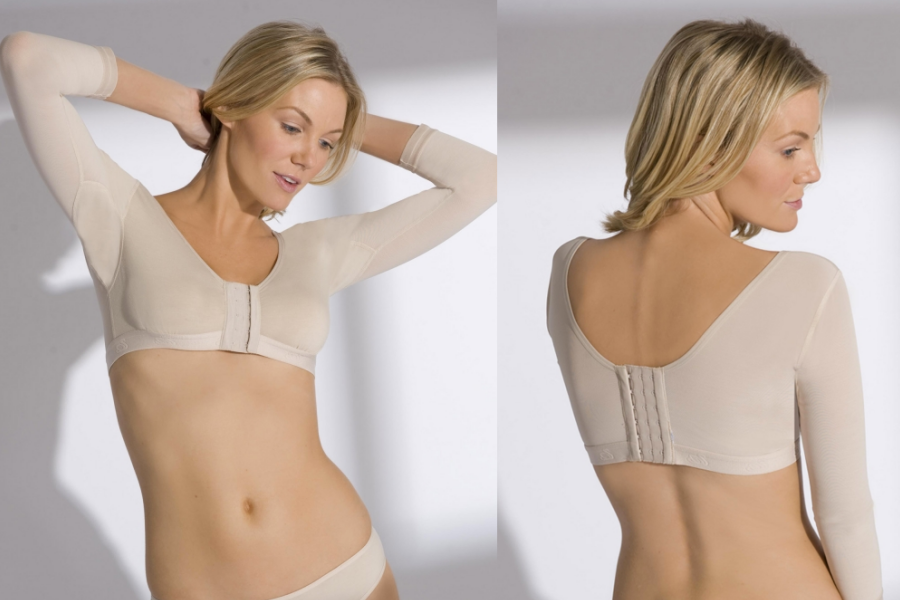The sweater is a garment worn by people around the world. But even if it is a seemingly ordinary item, it has undergone many different changes during its history. And so in what follows we will take you through the various incarnations of this fascinating garment, from Ancient times to where we are now, and how it has evolved with the changing seasons and social climates of centuries past.
1. Homogeneous sweater
This is the most ancient type of sweater, which was made from one piece of yarn and usually served as a foundation for the following stages of evolution. During the Renaissance era, when knitting techniques were perfected by humans, homogeneous sweaters became more and more popular.
2. V-neck turtleneck sweater
Women wore this style exclusively during the Victorian era, following Queen Victoria’s fashion house policies. Even though it evolved into a more androgynous look in the 20th century, many people still wear it today as a sign of elegance and sophistication.

3. Wide-collar turtleneck sweater
A modern version of the turtleneck, which is a more casual type of sweater. They were worn by both men and women and were especially popular during the 0s and 0s. They appeared in every colour imaginable, from bold black to subtle pastel shades. Most people still wear this type of sweater today, with some wearing it as an ensemble piece for fancy occasions.
4. Cardigan sweater
It was first worn by the Celts of Scotland in the Middle Ages. The term is derived from the Gaelic word “cardie” which means coattail. This type of sweater became very popular during Victorian times, when women wore them as an alternative to a coat, especially when going outdoors. People still wear this type of sweater today, and although it has undergone many changes, it still has a form and shape similar to what it had over one hundred years ago.





